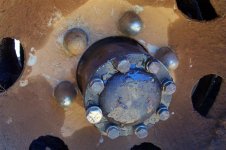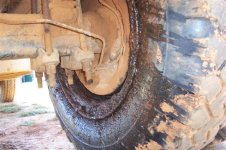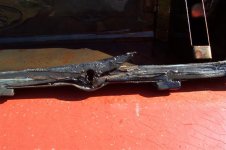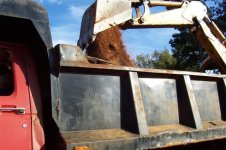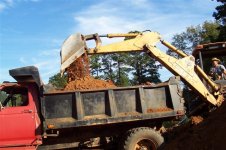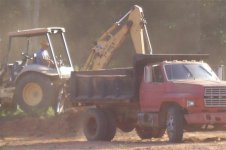CATMAN
Gold Member
- Joined
- Jun 23, 2006
- Messages
- 320
- Location
- South of Seattle
- Tractor
- Dad's=JD4440;IH1066;JD4020;JD3010;2 JD"B" 1949 & 1937(hand-crank)
When your machine shop gets the engine torn down, and if they truely feel it has been dusted, then you must go back and reinspect items like air cleaner base gasket to carb, rubber gasket under wing nut for air cleaner lid, air filter to air cleaner sealing areas(top and bottom), oil filler caps, PCV hoses, carb to manifold gaskets, brake booster vacuum line, etc. That dirt got in there somehow. You did mention about vacuum plugs being off at one time, I believe. Don't want to spend money a second time and not have a good idea of the true culprit/root cause.
Caterpillar shows a method to find leaking air intake systems on their diesel engines. This method involves carpenter's colored line caulk; with prefectly clean air piping(internally), air cleaners, etc. and the engine running, one squirts the colored caulk(externally) around all of the joints, tubing, air filter seals, gasket areas before the air reachs the turbo. Next, shutdown engine and slowly disassemble air inlet systems to find the source where dust/colored caulk has entered the intake system. This method may ruin one or two new air filters, but still cheaper than missing the root cause after an expensive overhaul.
Is your choice of air filter of a good enough quality for your enviroment? These are just some thoughts, but maybe you already have a good idea of the main culprit. There are plenty of machines/engines that work in dusty enviroments that last a normal life span(tight system and good maintenance).